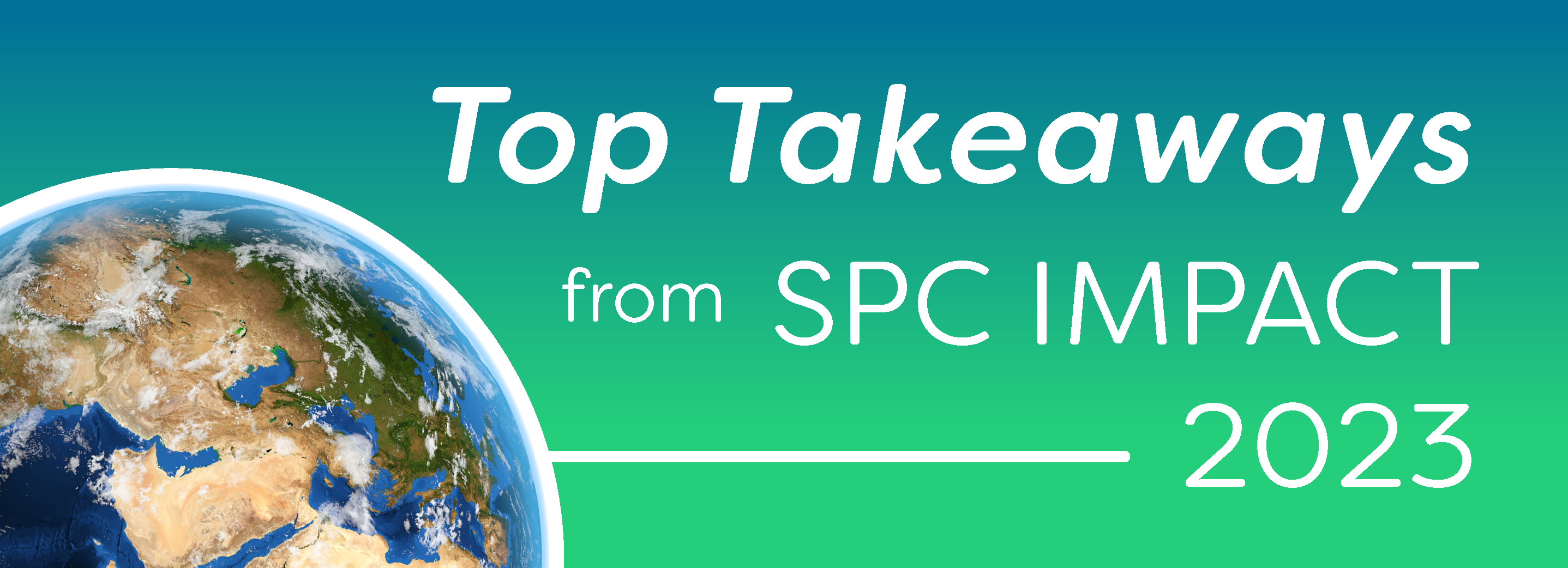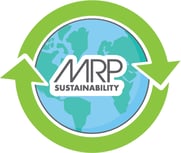During the week of April 24th, a few members of the MRP Solutions team had the exciting opportunity to attend the SPC Impact Conference. SPC Impact, a flagship event from the Sustainable Packaging Coalition, focused on what it takes to enable a mind shift with the objective of narrowing the intention-action gap, its behavioral change implications and how these will address climate change from a brand, manufacturer, supplier, institutional and consumer level.

The week was filled with so many important sessions and covered a wide range of topics. Below are some highlights of the week:
New Data Released
The research is clear that people want to take sustainable action. In the latest report issued by McKinsey & Company and highlighted at the event, results of their recent packaging survey showed that environmental impact is important when making purchasing decisions – especially among Gen Z, Millennial and urban consumers. And, when broken down by category, there is a segment of consumers that is willing to pay more for sustainable packaging. In fact, about half of US consumers are willing to pay more for sustainable packaging: across different end-use areas, about 50 percent of consumers are willing to pay 1 to 3 percent more, 25 percent are willing to pay 4 to 7 percent more, and about 12 percent are willing to pay 7 to 10 percent more. SOURCE: Sustainability in packaging: US survey insights, McKinsey & Company.
Consumer Sentiment is Shifting
In addition to the sustainability data, the McKinsey packaging survey also revealed some important shifts in consumer sentiment. While price, quality, and convenience are still consumers’ top buying criteria for products, it’s interesting to note that appearance has become less important. E-commerce has likely contributed to this shift in thinking, however it definitely opens the door for more tolerance and acceptance of things like color variation in PCR resins. Additionally, hygiene and food safety remain important, supporting the value of materials like plastic that intrinsically offer these product benefits.
Check out the McKinsey report HERE.
EPR will continue to expand and influence packaging sustainability
The state of California has led the way with Extended Producer Responsibility legislation, and most in the packaging space will agree – California holds a powerful influence over the rest of the country.
Currently a total of four states have enacted EPR legislation, and an additional 10 states have proposed legislation. Within the California bill, 100% of packaging must be recyclable or compostable by 2032.
Combine this with increasing consumer expectations, for example 52% of US consumers are concerned or extremely concerned about climate change; 44% of US consumers report having shopped sustainably in the past two years, and 50% of Americans consider sustainable packaging when shopping; the demands on brand owners, CPGs and product developers are vast.
New Tools are Emerging to Help Both Consumers and Brands
With so many ways to approach packaging sustainability, and so many demands from both consumers and legislators, it’s a complicated journey to make the shift to more sustainable packaging. And, despite best efforts to create sustainable packaging, consumers are confused on what to do with it. For example, 88% of people say recycling is a responsibility for everyone and only works well if we all take part, however 40% don’t know that food does not belong in recycling bins. Beyond that, less than half believe that recyclables are made into new things. SOURCE: The Recycling Partnership
In response to this, new tools are being developed that can help both consumers and packagers. These data-backed solutions can connect and empower companies, communities and people to manage better packaging and a better system. You’re going to want to dig deeper into these:
National recycling database: https://recyclingpartnership.org/data/
- The Recycling Partnership’s National Recycling Database, is a first-of-its-kind comprehensive source for local recycling information across the U.S. This database empowers households, manufacturers, retailers, brands, policymakers, environmental organizations, and government officials to understand how individual recycling programs are conducted, what materials are recyclable at the local level, and ultimately how to improve packaging recyclability.
Circular Packaging Assessment: https://recyclingpartnership.org/circular-packaging-assessment/
- The Circular Packaging Assessment Tool provides step-by-step instructions to help companies to understand and evaluate packaging within the Residential* Recyclability Framework, identifying challenges that must be addressed to achieve the circular system of the future.
- Plastic IQ is a free tool for U.S. companies making and selling packaged goods to analyze the environmental footprint of your plastic packaging and assess the cost and environmental impacts of changes you could make in your packaging portfolio.
Recycle Check
Confusion about what and how to recycle causes too many household recyclables – from cereal boxes to yogurt tubs – to end up in landfill. To help address this problem, state-level policy is establishing more transparent packaging labels and recyclability claims requirements, setting the stage for brands to play a critical role in the solution. Recycle Check is a new platform from The Recycling Partnership that offers an interactive package-specific solution providing localized recycling information to consumers across the U.S. With Recycle Check, consumers can scan a QR code or click a link to get real-time package-specific recycling information in as little as 10 seconds.
This tool simplifies the way product packages provide local recyclability information, utilizing The Partnership’s National Recycling Database, a state-of-the-art resource that centralizes recycling information from more than 9,000 U.S. communities covering 97% of the U.S. population.
Where to Begin
Three key questions CPGs can ask in your organization to get started on your sustainable packaging journey:
- Do we know what consumers expect of us for sustainability?
- How should our packaging evolve to meet consumers expectations on a brand level? How can we change/shape the their behaviors (e.g. refilling reusable packaging)?
- Is our supply chain equipped to handle new sustainable packaging?
Source: Bain, A Roadmap for Sustainable Packaging in Consumer Goods

Most people want to change. It’s up to us to help them. To learn more about MRP's sustainability initiatives, please click HERE.


